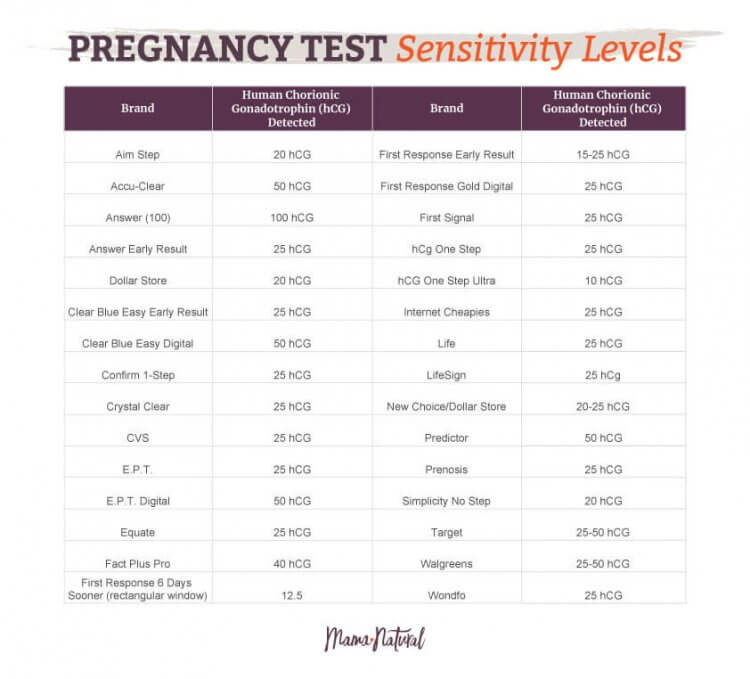
Pregnancy Test Brand Sensitivity: A Comprehensive Guide
Introduction
Pregnancy tests are an essential tool for women seeking to confirm or rule out pregnancy. With the plethora of brands available in the market, understanding the sensitivity of each test is crucial for accurate results. This article delves into the concept of pregnancy test brand sensitivity, exploring its implications and providing guidance on choosing the most appropriate test for your needs.
What is Pregnancy Test Brand Sensitivity?
Pregnancy test brand sensitivity refers to the lowest level of human chorionic gonadotropin (hCG) that a particular test can detect in urine or blood. hCG is a hormone produced by the placenta during pregnancy, and its levels rise rapidly in the early stages of gestation. The more sensitive a test is, the lower the hCG concentration it can detect, allowing for earlier detection of pregnancy.
Types of Pregnancy Tests
There are two main types of pregnancy tests:
- Urine tests: These tests are widely available and can be performed at home. They detect hCG in urine samples.
- Blood tests: Blood tests are more sensitive than urine tests and can detect hCG earlier in pregnancy. They are typically performed in a laboratory setting.
Factors Affecting Pregnancy Test Sensitivity
Several factors can influence the sensitivity of a pregnancy test:
- hCG Threshold: Each test has a specific hCG threshold that it can detect. This threshold varies among brands and types of tests.
- Sample Type: Urine tests are generally less sensitive than blood tests due to the lower concentration of hCG in urine.
- Test Method: The test method used (e.g., lateral flow, immunochromatographic) can impact sensitivity.
- Manufacturing Standards: The quality and accuracy of the test can vary depending on the manufacturer’s standards.
Implications of Pregnancy Test Sensitivity
The sensitivity of a pregnancy test has significant implications for its use:
- Early Detection: More sensitive tests can detect pregnancy earlier, providing peace of mind or allowing for timely medical interventions.
- False Negatives: Less sensitive tests may produce false negatives, especially in the early stages of pregnancy when hCG levels are low.
- False Positives: Rarely, highly sensitive tests may produce false positives, particularly in cases of recent pregnancy loss or certain medical conditions.
Choosing the Right Pregnancy Test
When choosing a pregnancy test, consider the following factors:
- Desired Sensitivity: Determine the desired level of sensitivity based on your individual needs and circumstances.
- Test Type: Decide between a urine test for convenience or a blood test for higher sensitivity.
- Brand Reputation: Research different brands and read reviews to assess their reliability and accuracy.
- Cost and Availability: Consider the cost and availability of the test within your budget and location.
Interpreting Pregnancy Test Results
After performing a pregnancy test, it is essential to interpret the results correctly:
- Positive Result: A positive result indicates the presence of hCG and suggests pregnancy.
- Negative Result: A negative result does not necessarily rule out pregnancy, especially if it is performed early or if the test is less sensitive.
- Invalid Result: If the test line does not appear or the control line is missing, the result is invalid and the test should be repeated.
Conclusion
Understanding pregnancy test brand sensitivity is crucial for making informed decisions about your reproductive health. By considering the factors discussed in this article, you can choose the most appropriate test for your needs, ensuring accurate results and peace of mind. Remember to always follow the test instructions carefully and consult with a healthcare professional if you have any questions or concerns about your results.